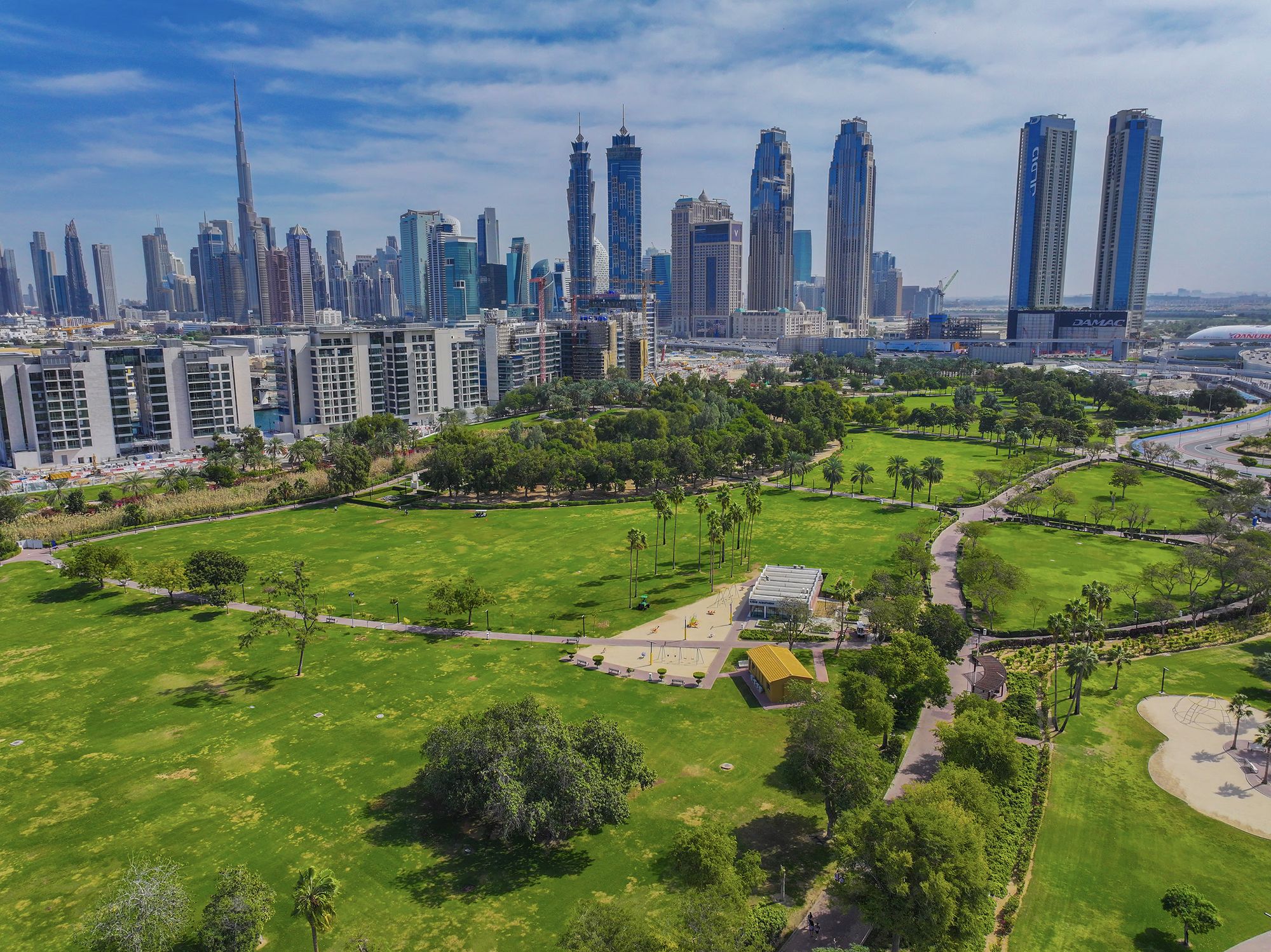Recently, a troubling incident in a prestigious Dubai community has sparked an important conversation about pest control and how we, as residents, developers, and community managers, should approach it.

Reports emerged of birds — specifically crows — falling from the sky into gardens, streets, and even children’s play areas. Residents soon discovered that a culling operation had been carried out, raising concerns not only about public safety but also about the methods used to manage local wildlife.
The Challenge of Managing Urban Wildlife
It is universally accepted that developers and community managers bear the responsibility of maintaining safe, clean, and pleasant environments. Part of this responsibility includes monitoring and controlling pests that could pose a risk to residents, property, or the ecological balance.
Rats, mosquitoes, and invasive species are commonly targeted for control due to the health risks and damage they can cause. However, when it comes to animals like crows, the line between “pest” and “part of the natural ecosystem” becomes blurred.
Crows are highly intelligent, social birds known for their adaptability. They thrive in urban environments, often because human development has inadvertently created ideal habitats for them. As suburban areas expand with lush greenery, water features, and abundant food waste, we have perhaps unintentionally invited these birds into our communities.
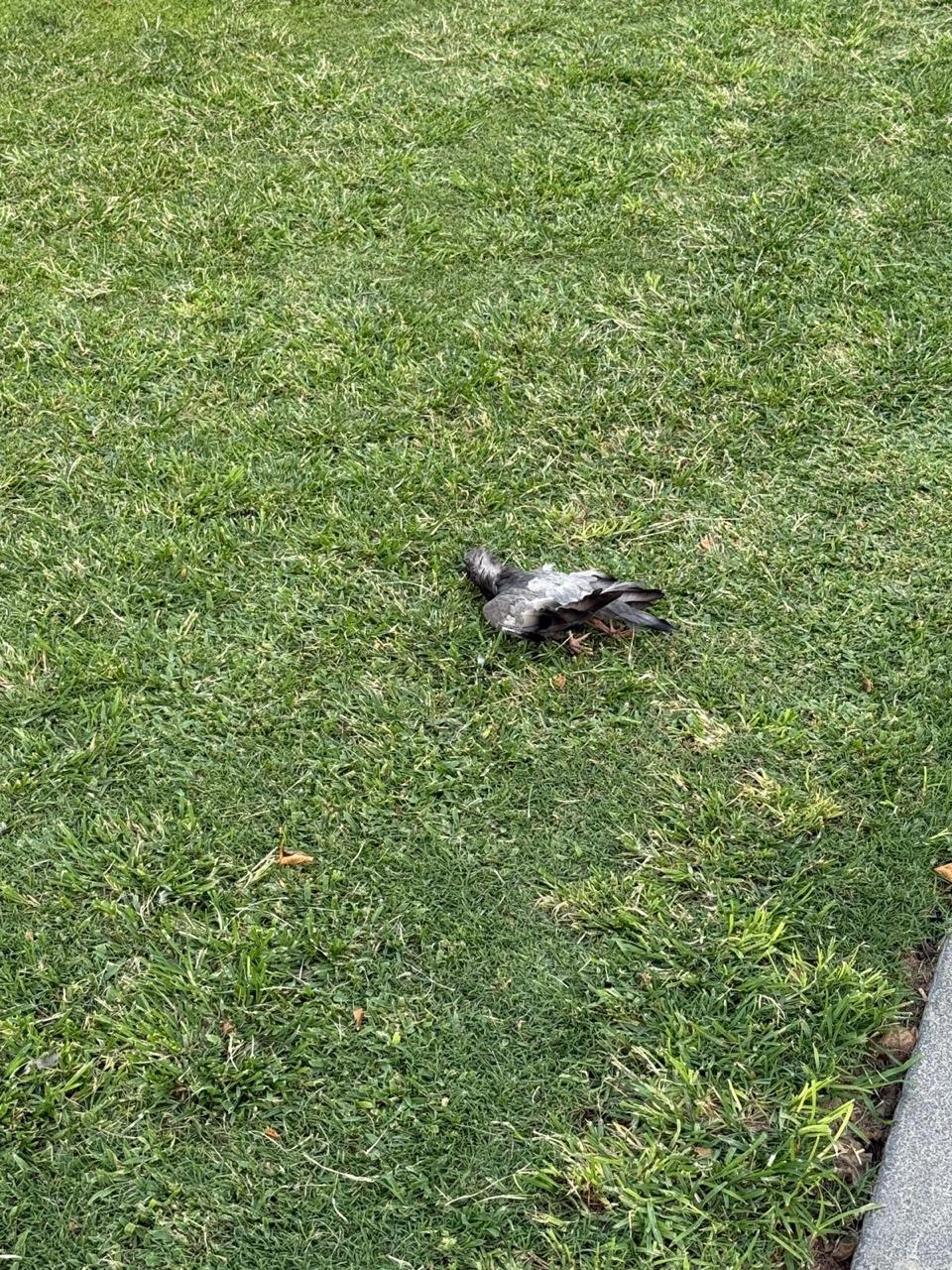

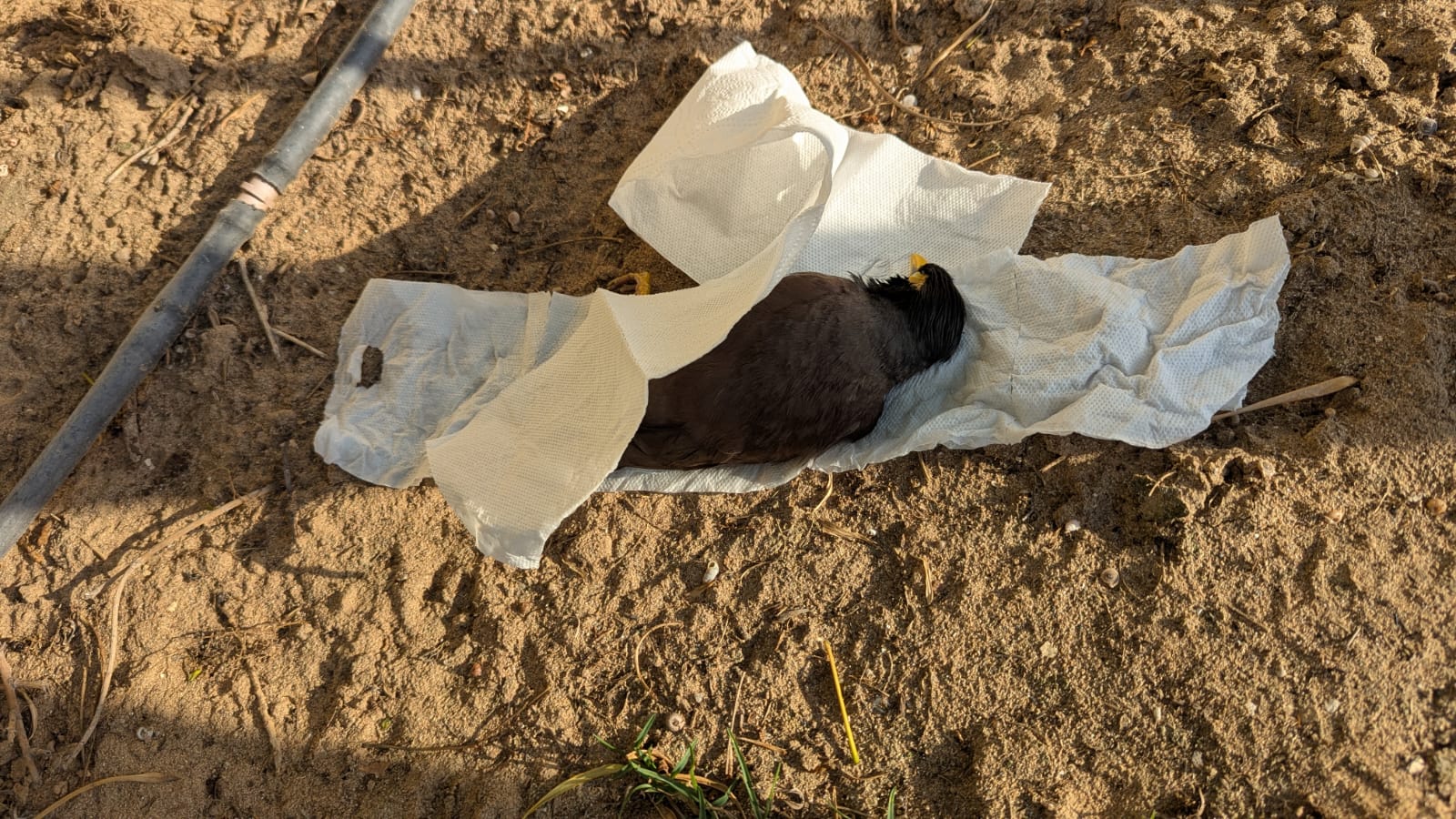

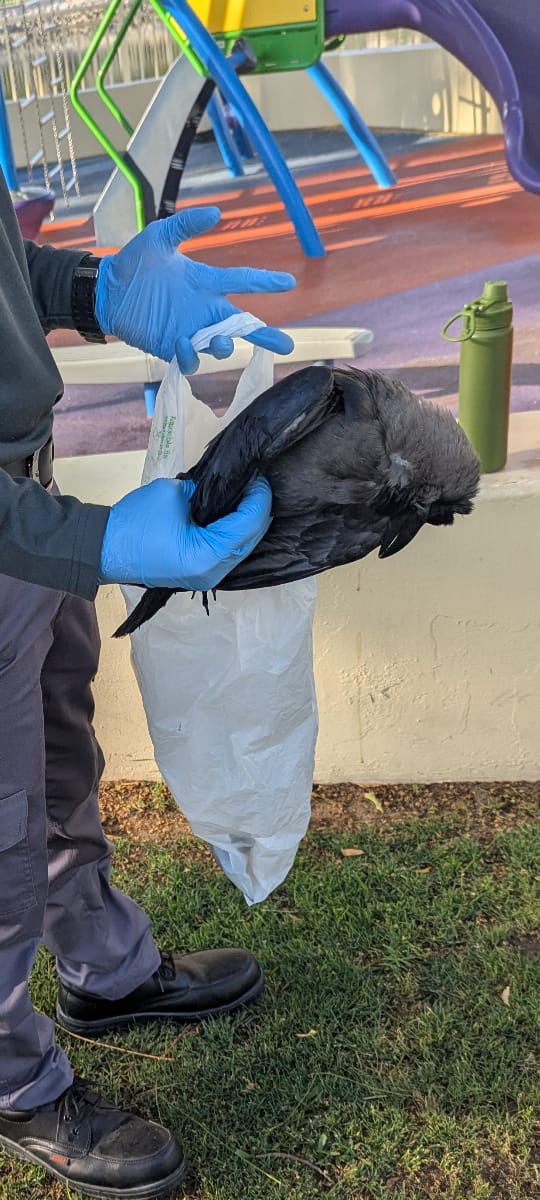
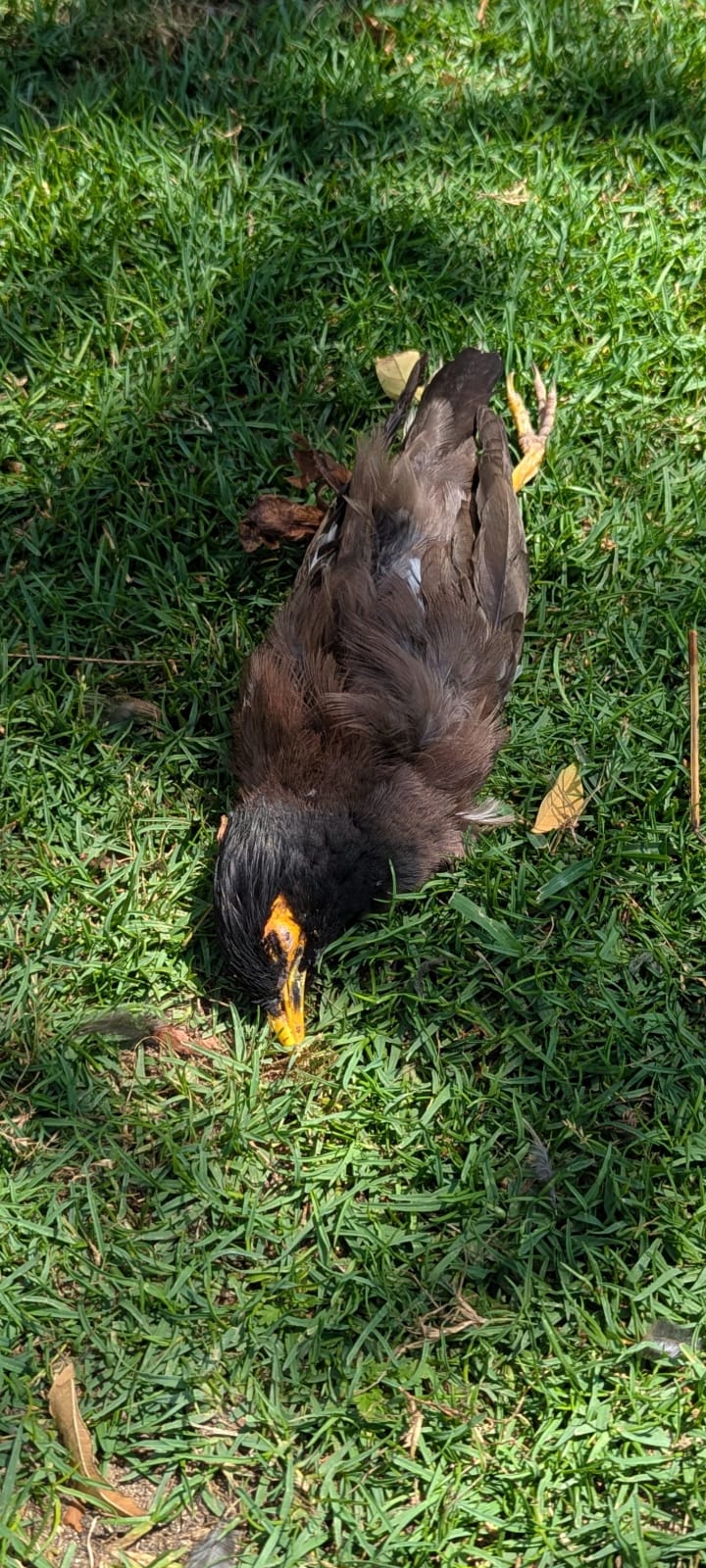
The Dilemma: Safety vs. Humane Solutions
Following complaints of aggressive crow behavior, including reports of attacks on residents, the developer took action. However, the method chosen — reportedly involving the use of a narcotic poison — led to unintended consequences. The sight of birds collapsing mid-flight and falling into public spaces understandably distressed residents.
Beyond the immediate shock, questions have been raised about the wider implications:
- Could these substances pose risks to other wildlife, pets, or even children?
- Was poisoning the most responsible or humane first response?
- In a community known for its affluence and prestige, should we expect more thoughtful, world-class solutions?
A Missed Opportunity for Leadership?
Managing urban wildlife is undeniably complex. Yet, in an era where sustainability, environmental stewardship, and humane practices are increasingly valued, there is a strong argument that such situations present an opportunity — not just a problem to be solved quickly.
What if a master developer or community management company chose to become a regional leader in humane pest control solutions? What if this became a showcase of innovation, positioning the community as an example of how luxury living and responsible environmental practices can go hand in hand?
Humane Alternatives Exist
A simple search reveals a variety of non-lethal, humane methods to manage crow populations, including:
- Securing food sources (covered bins, no open composting).
- Noisemakers and distress calls to deter flocks.
- Bright lights and reflective deterrents.
- Strategic use of scarecrows and bird netting.
- Removing or modifying nesting areas.
These methods might require more time and ongoing effort but would likely align better with the values of a high-end community and its residents.
A Conversation Worth Having
Today, the community finds itself in a difficult position: some residents are concerned about the crows, while others are upset about how the issue was handled. Meanwhile, the core issue remains unresolved.
As cities grow and green spaces are integrated into urban living, we must accept that nature will not always behave as we wish. True harmony requires thoughtful coexistence, not just control.
The challenge is clear — but so is the opportunity.
Perhaps now is the time for developers, community managers, and residents to come together, rethink strategies, and lead by example. Humane, innovative solutions could not only resolve the problem but also elevate the reputation of the community as a pioneer in sustainable urban living.
